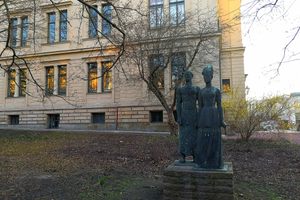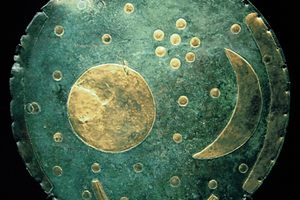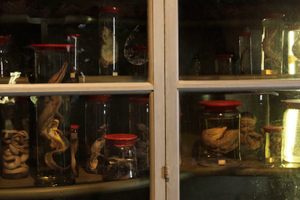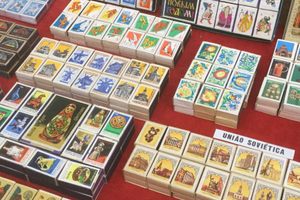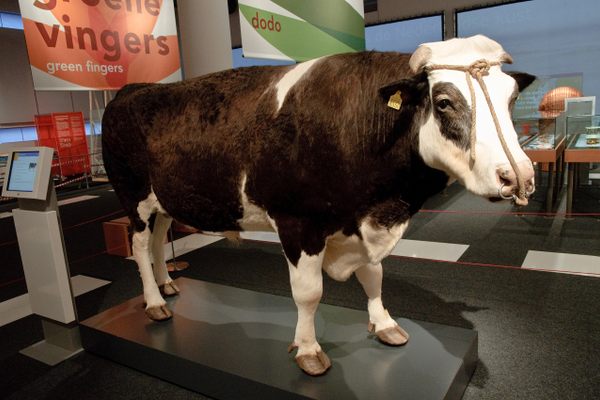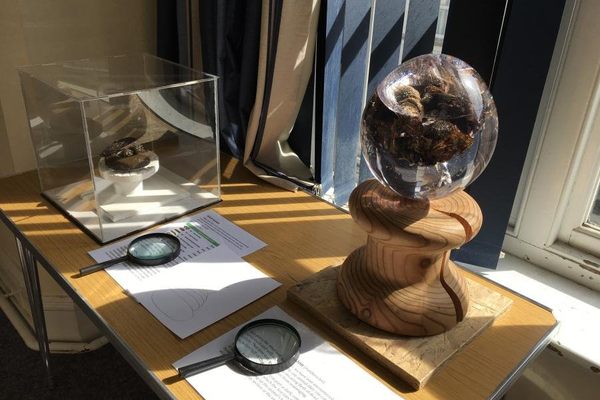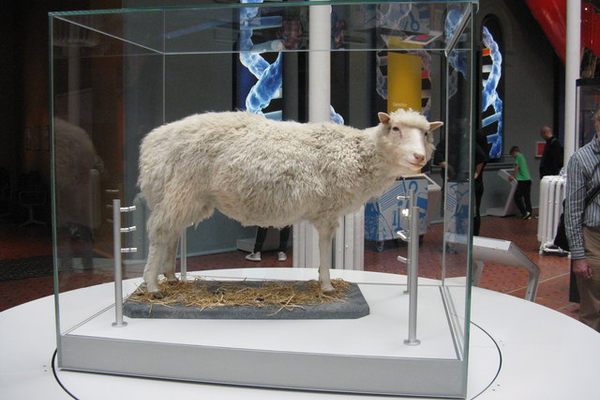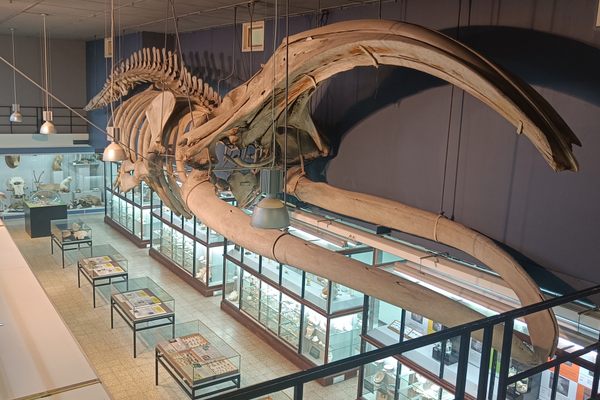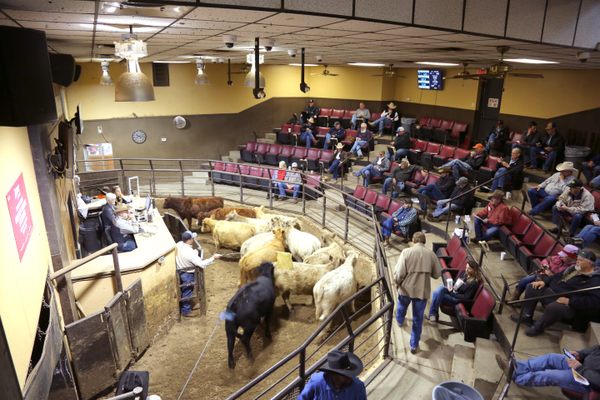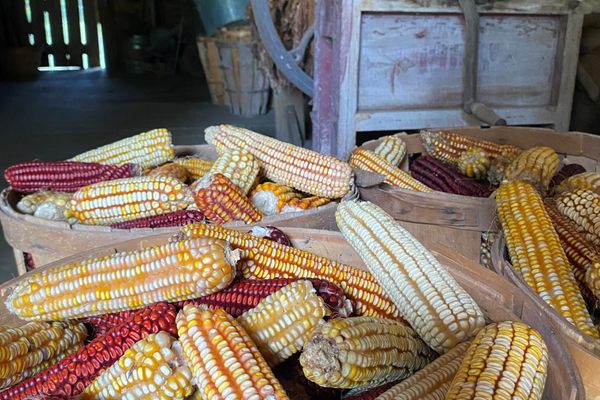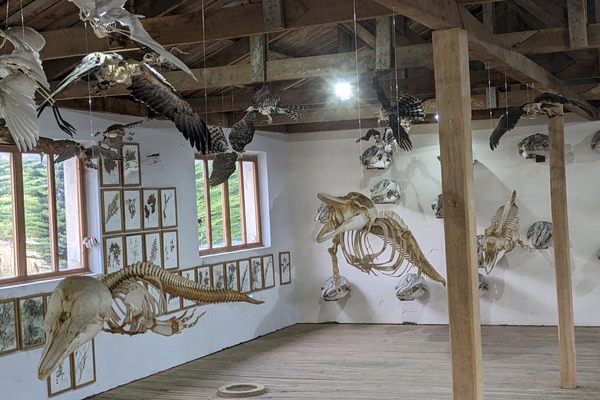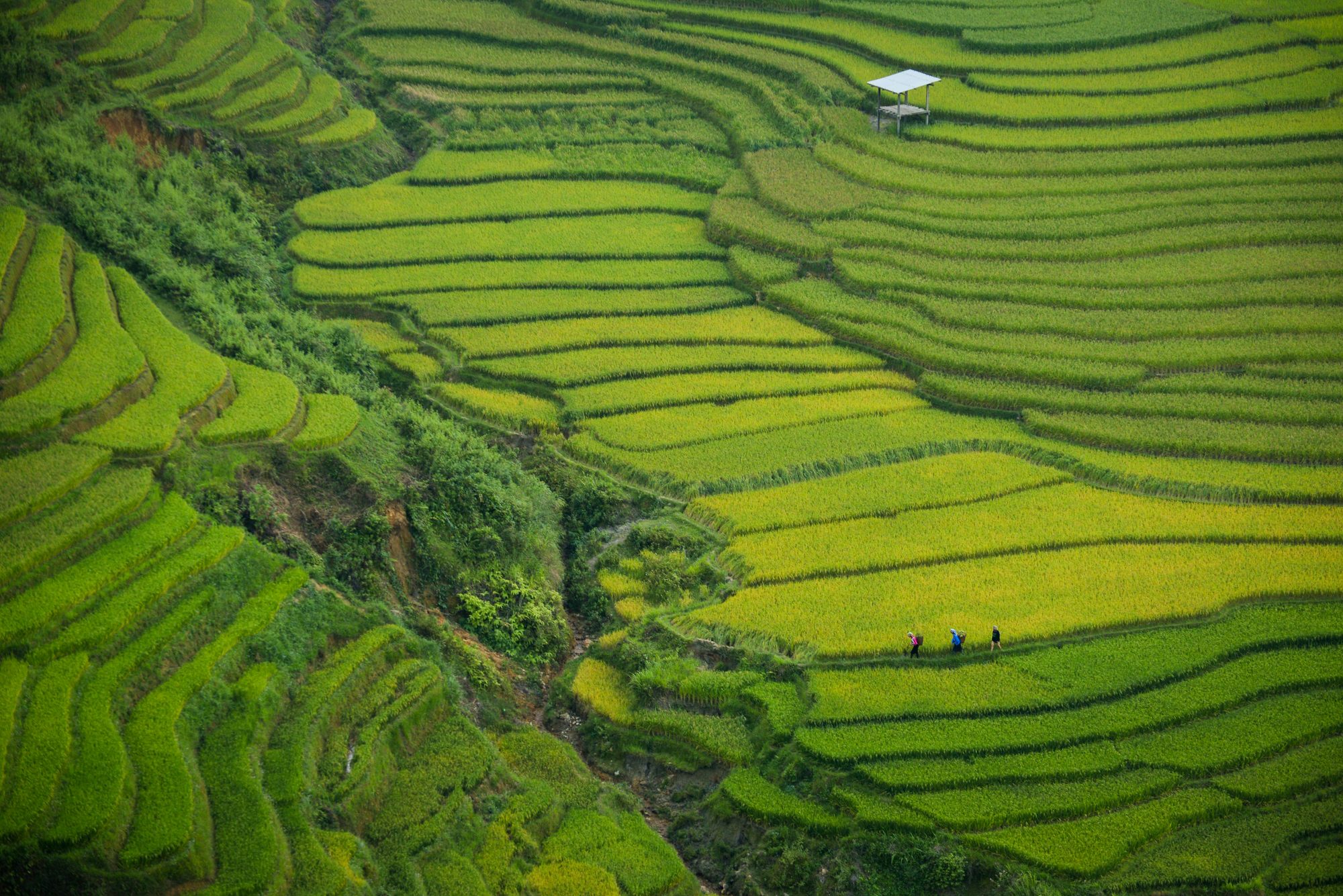About
Breeding animals has a long tradition in the history of humankind and is considered to be a universalism in anthropology. Since humans started to domesticize sheep, cattle, pigs, geese, chicken, goats, horses, rabbits, donkeys, dogs, and geese, breeding was a tool for optimizing their productivity. In the 19th century, the emerging field of livestock science attempted to rationalize that project.
Thanks to generous public funding and the work of the renowned biologist Julius Kühn, Halle University in Germany turned into one of the early global hubs where this new scientific field was thoroughly investigated. By 1865, “laboratory stables” and “livestock gardens” were erected and Halle scientists traveled the world in order to import the most productive animals (both wild and domestic) for breeding.
Thousands of skulls, taxidermy animals, skeletons, and coat samples are now on display at the university's Museum of Livestock Science (Museum der Haustierkunde), telling the story of 150 years of breeding activities. Located inside one of the former stables that were used for scientific breeding experiments, the Julius Kühn collection plays an important role in contemporary livestock science and evolutionary biology. A large portion of the archived material comes from animal species that have died out in the wild or old breeds that are not cultivated anymore because the global livestock industry has reduced its diversity to only a few extremely productive breeds.
Besides these astonishing insights into the role farm animals have played in human history, the museum hosts a series of curious exhibits that tell incredible stories. Several skeletons and liquid-preserved hearts of award-winning breeding studs like “Dark Donald” and the "Beau Fils de Nasst," whose names shed a light on the fetishism some breeders developed in their activities. Besides that, there is a huge taxidermy collection of extraordinarily fat-tailed sheep, and archeozoological findings documenting early animal domestication.
Related Tags
Know Before You Go
The museum is open on Wednesday from 2 p.m. to 5 p.m. and entry is free. Guided tours are offered by skilled biologists and historians. The building is part of the historical “Steintorcampus” that once served as a vast test site for agricultural and veterinary science and now hosts the present-day humanities institutes.
Published
April 11, 2019
























